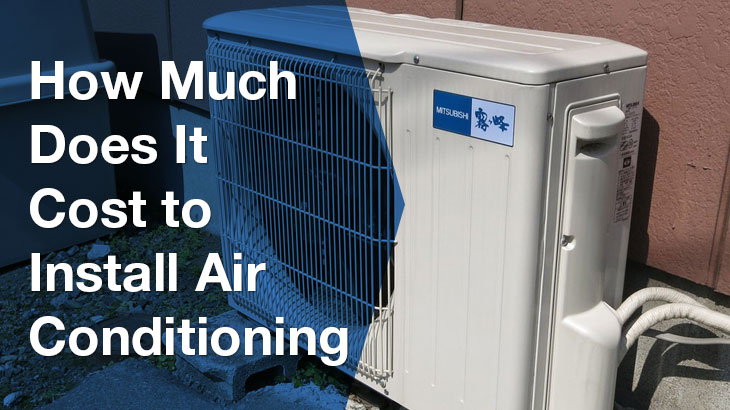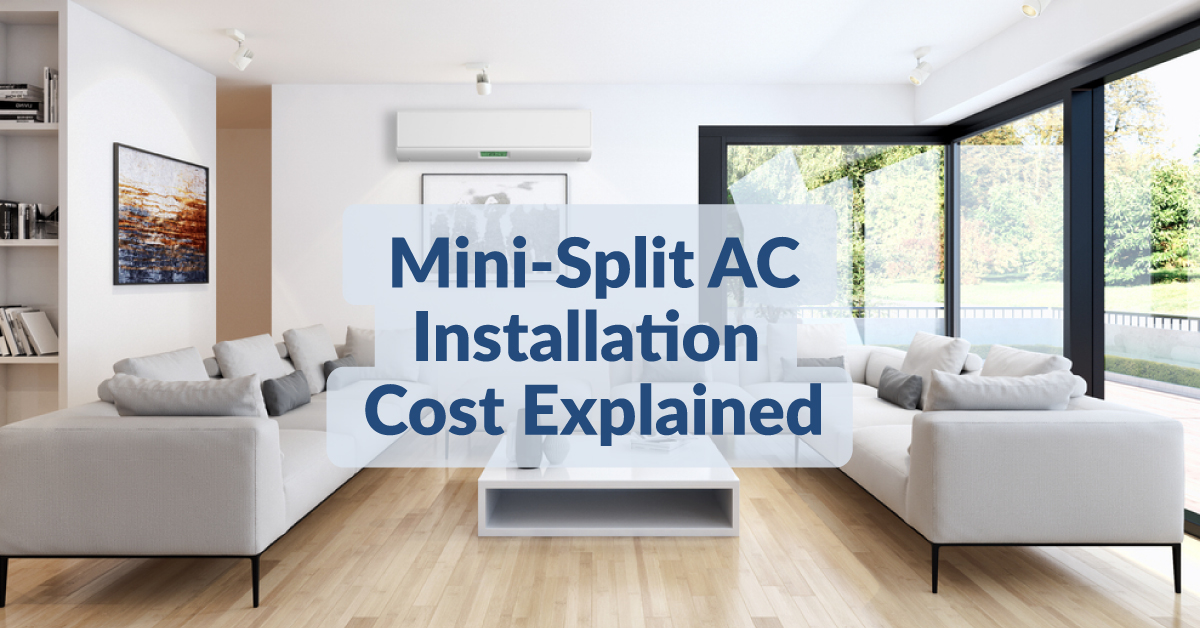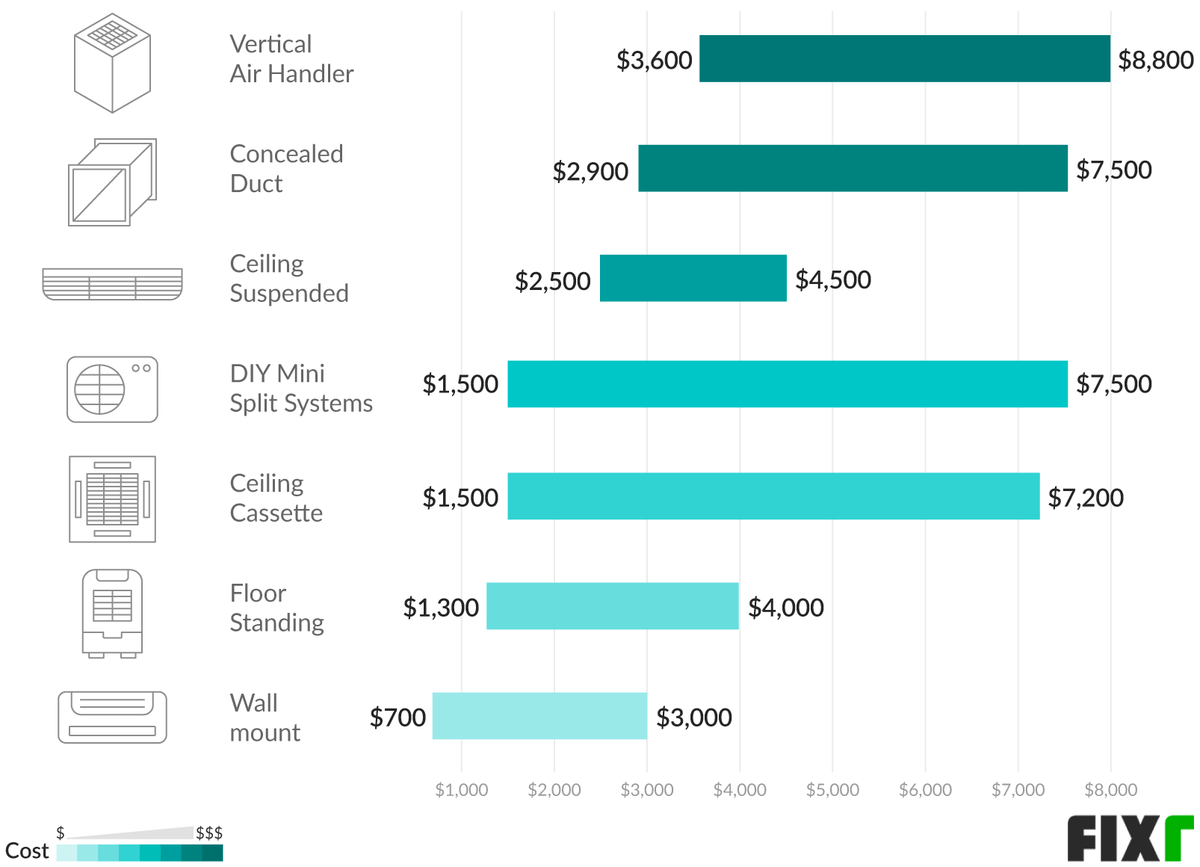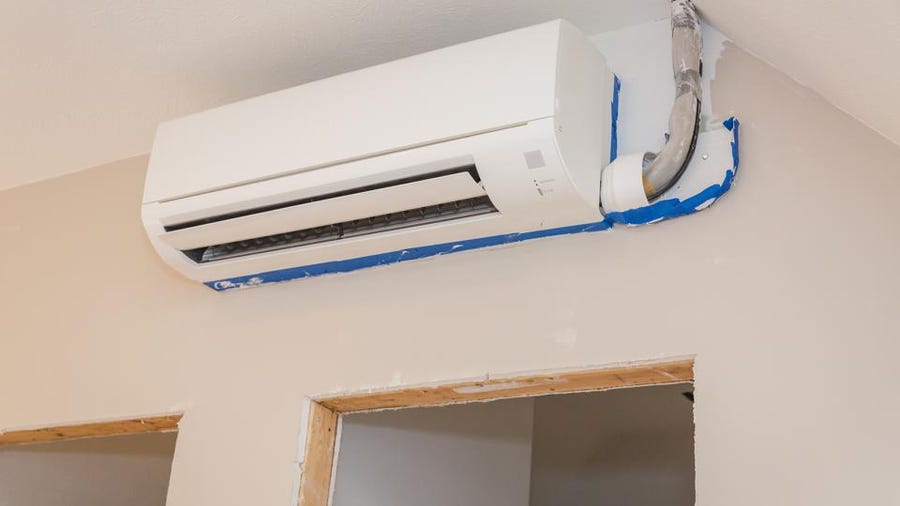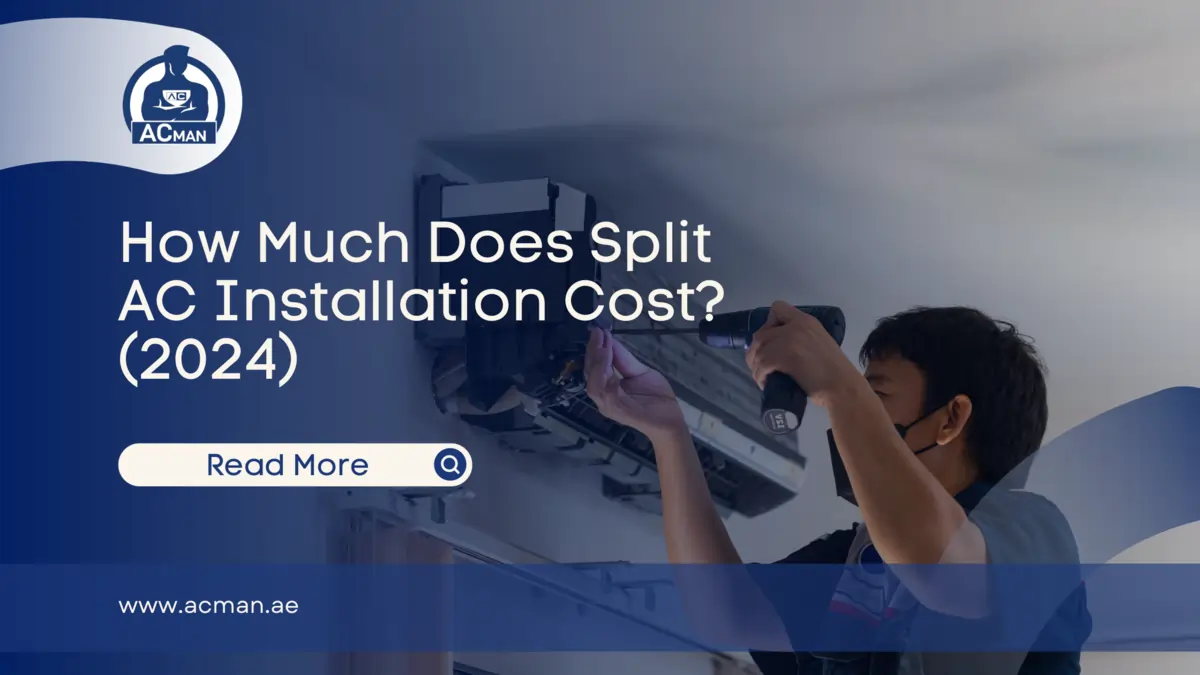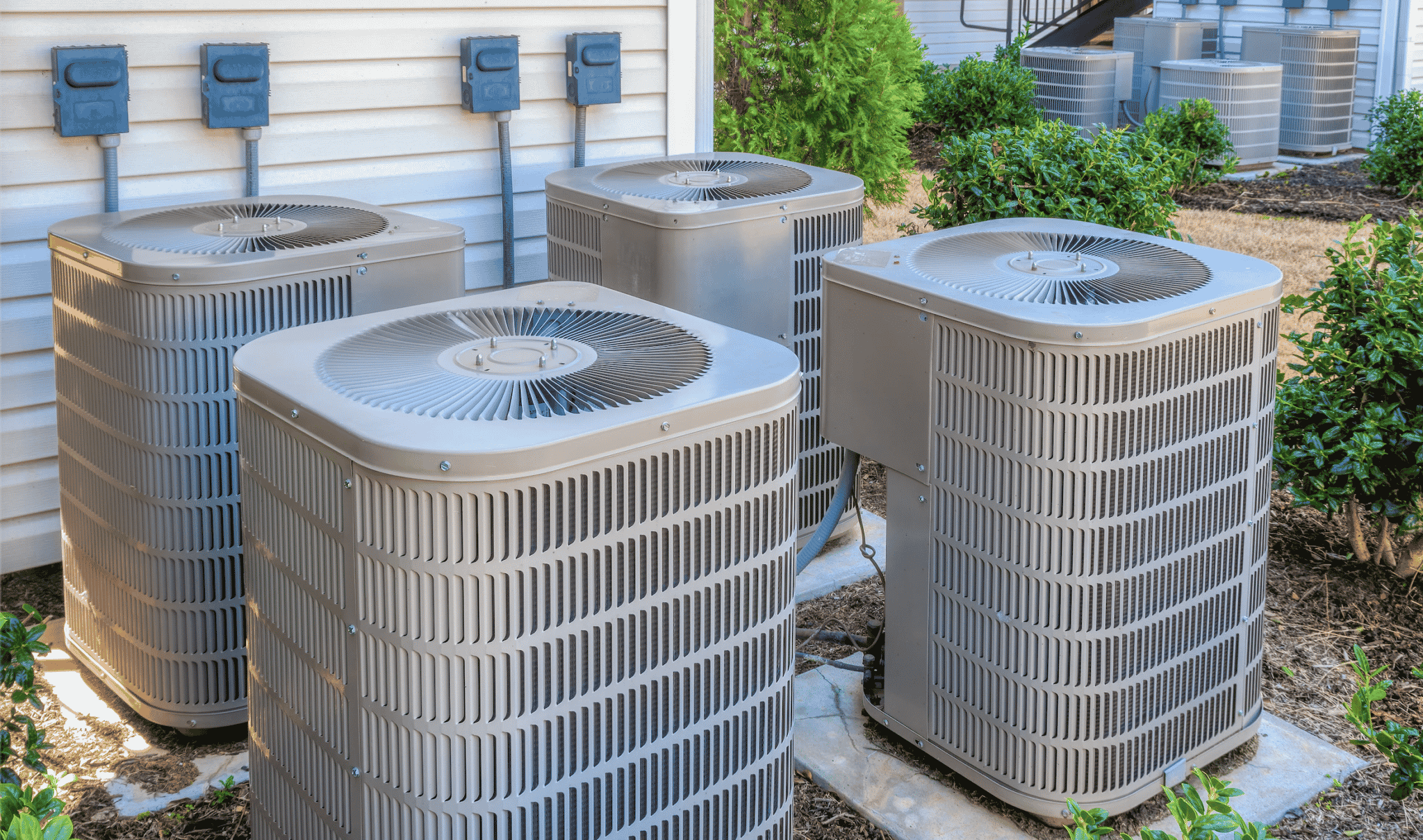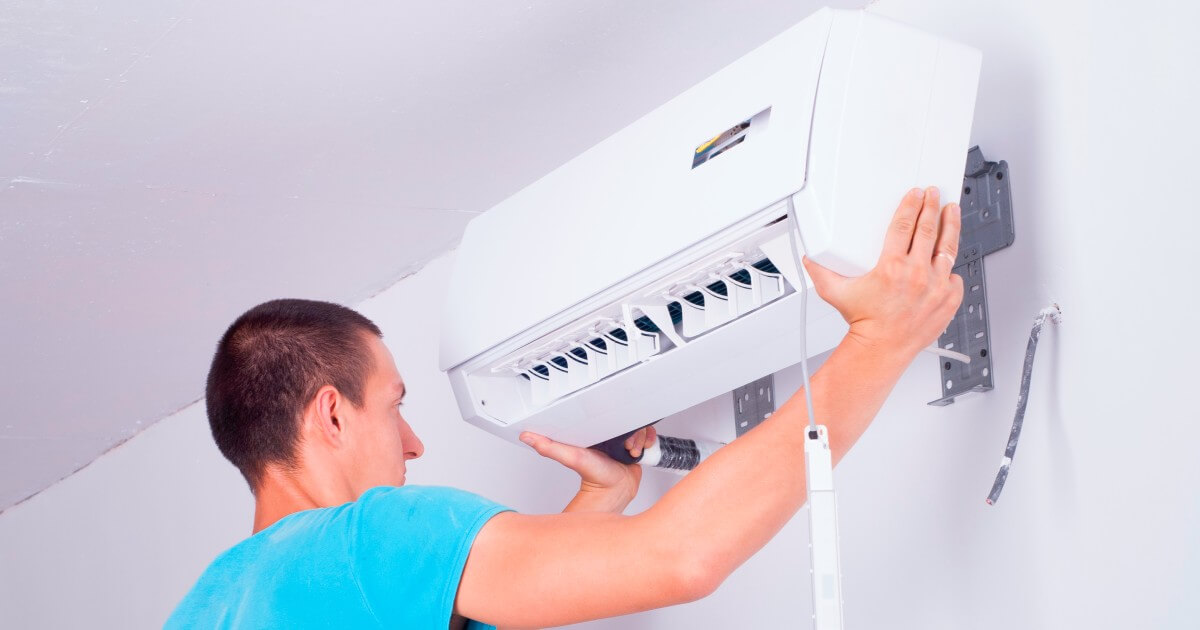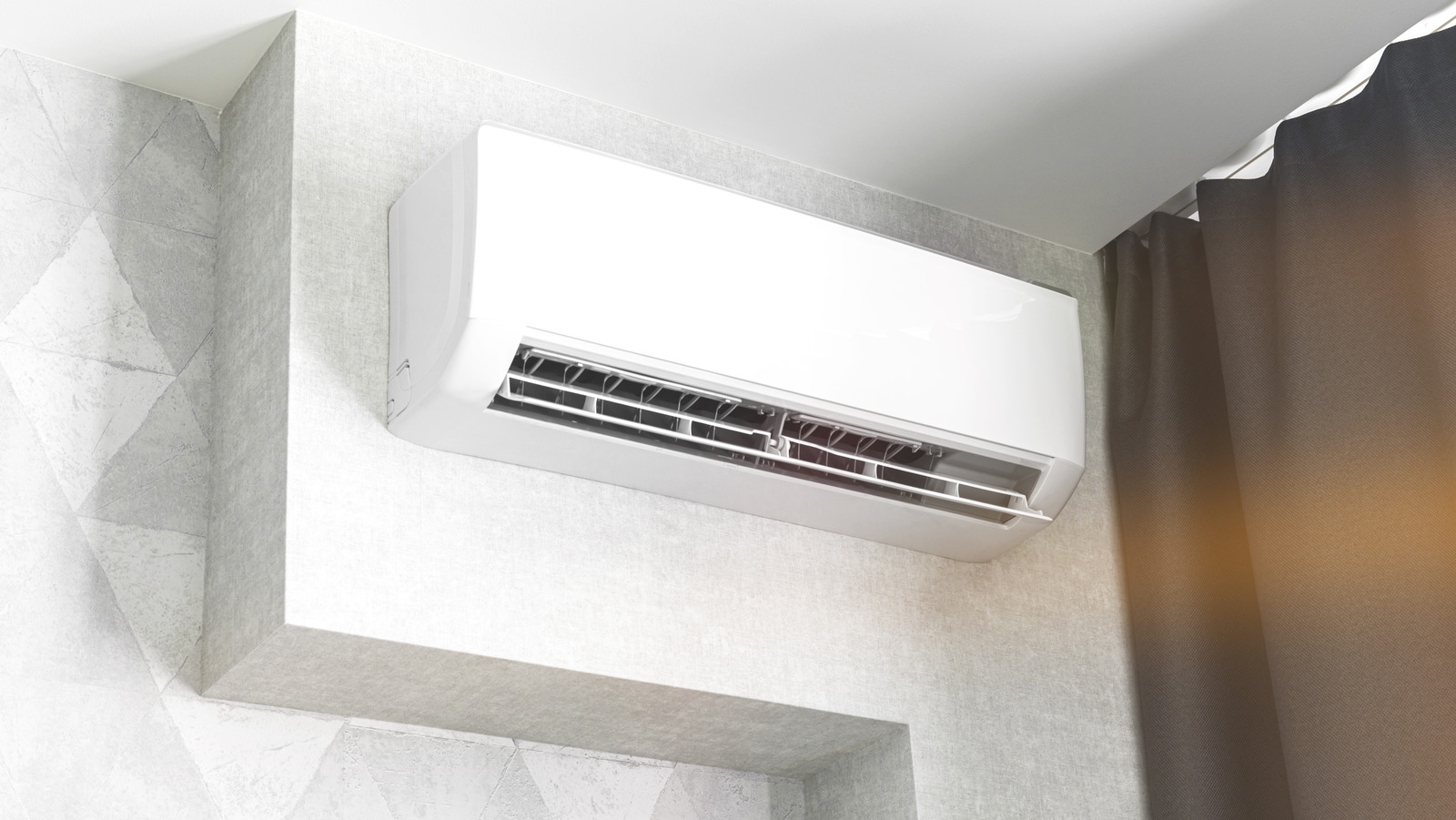How Much Does Split Ac Installation Cost
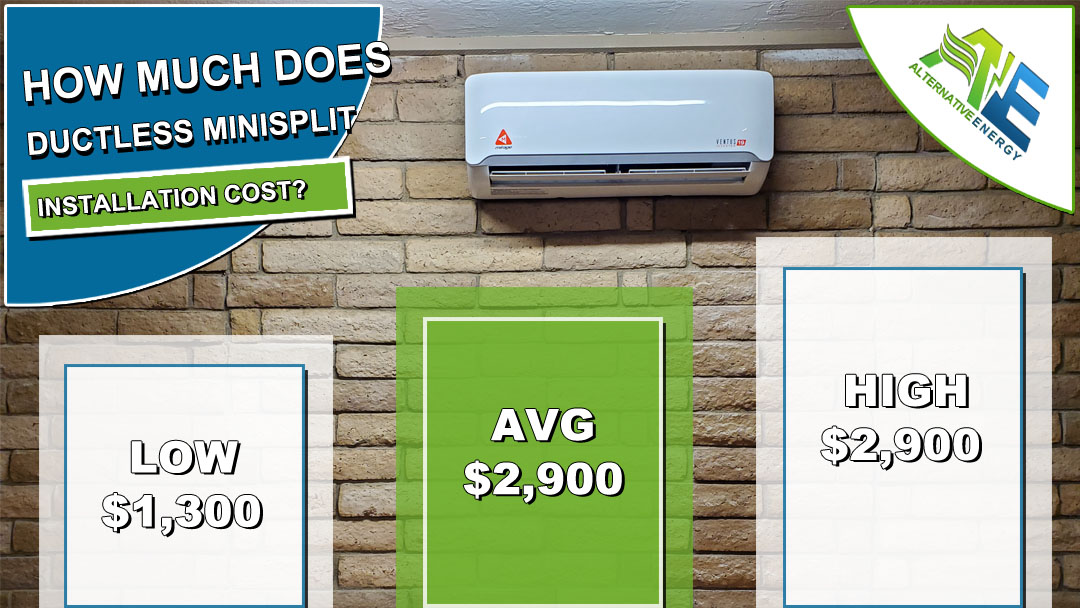
Understanding Split AC Installation Costs: A Homeowner's Guide
Planning to install a split AC system? Understanding the costs involved is crucial for budgeting and making informed decisions. This guide breaks down the various factors influencing the final price, helping you estimate your project expenses and explore DIY options where appropriate.
Factors Influencing Split AC Installation Costs
The cost of split AC installation isn't a fixed number. Several key factors can significantly affect the total price you'll pay:
- AC Unit Size (BTU): Larger units with higher BTU (British Thermal Units) ratings cost more upfront. A larger room requires a higher BTU rating, which means a more expensive unit. Use a BTU calculator to determine the right size for your space.
- AC Unit Brand and Model: Well-known brands with advanced features (like smart controls, inverter technology, and higher SEER ratings) typically command higher prices. Consider the energy efficiency (SEER rating) as it impacts long-term energy bills.
- Installation Complexity: Simple installations (like replacing an existing unit) are less expensive than complex ones requiring new electrical work, running refrigerant lines through walls, or installing a mounting pad.
- Labor Costs: HVAC technician labor rates vary by location and experience. Get multiple quotes from licensed and insured contractors to compare prices.
- Permits and Inspections: Depending on your location, you might need permits for AC installation. These permits ensure the installation meets local codes and standards.
- Materials and Supplies: Costs for refrigerant lines, electrical wiring, mounting brackets, drain lines, and other materials contribute to the overall expense.
- Existing Ductwork (if applicable): If you're connecting the split AC to existing ductwork (rare, but possible in some setups), the condition of the ducts and any necessary modifications will impact the cost.
- Geographic Location: Labor rates and material costs fluctuate depending on your region.
Estimating the Cost: A Breakdown
Here's a general cost breakdown for split AC installation, but remember that these are estimates and can vary widely:
- AC Unit (including outdoor condenser and indoor evaporator): $500 - $3,000+ depending on size, brand, and features.
- Installation Labor: $200 - $1,500+ depending on complexity.
- Materials and Supplies: $50 - $300+ depending on the length of refrigerant lines, electrical work needed, etc.
- Permits and Inspections: $50 - $300 (depending on location).
Total Estimated Cost: $700 - $5,100+
Important Considerations:
- Ductless Mini-Splits: These are generally easier to install than central AC systems and may have slightly lower installation costs.
- Multi-Zone Systems: If you need to cool multiple rooms with independent temperature control, a multi-zone system will be more expensive than a single-zone unit.
DIY Split AC Installation: Is It Possible?
While some aspects of split AC installation might seem straightforward, it's generally not recommended for homeowners without extensive HVAC experience. Improper installation can lead to:
- Reduced Efficiency: Incorrect refrigerant levels or leaky connections will waste energy and increase your utility bills.
- System Damage: Improper wiring or component connections can damage the AC unit itself, voiding the warranty.
- Safety Hazards: Handling refrigerant and high-voltage electricity can be dangerous without proper training and safety equipment.
- Voided Warranty: Most manufacturers require professional installation to maintain the warranty.
- Code Violations: Improper installation may violate local building codes, leading to fines or required corrections.
DIY-Friendly Tasks (with caution):
- Mounting the Indoor Unit: If you're comfortable with basic carpentry and have a stud finder, you might be able to mount the indoor unit to the wall. Ensure it's level and securely fastened.
- Drilling a Hole for Refrigerant Lines: Carefully drill a hole through the wall for the refrigerant lines and electrical wiring. Be mindful of wall studs, pipes, and electrical wires. Seal the hole properly after installation.
Tasks to ALWAYS Leave to a Professional:
- Refrigerant Handling: Refrigerant is a hazardous substance and requires specialized equipment and certification to handle properly.
- Electrical Wiring: Working with high-voltage electricity is extremely dangerous. Always hire a licensed electrician to handle electrical connections.
- System Charging and Testing: Proper refrigerant charging and pressure testing require specialized tools and expertise.
- Vacuuming the System: Removing air and moisture from the refrigerant lines is crucial for proper system operation and longevity.
Finding a Qualified HVAC Technician
When it comes to HVAC, you need to find a skilled technician you can trust. Choosing the right professional is paramount for proper system selection, installation, and future maintenance. Consider these tips:
- Check Licensing and Insurance: Ensure the technician is licensed and insured to work in your area. This protects you from liability in case of accidents or damage.
- Read Reviews and Testimonials: Look for online reviews and testimonials from previous customers. Pay attention to feedback regarding professionalism, communication, and quality of work.
- Get Multiple Quotes: Obtain quotes from at least three different contractors to compare prices and services.
- Ask About Experience: Inquire about the technician's experience with split AC systems. A seasoned professional will be more familiar with potential challenges and solutions.
- Verify Certifications: Look for certifications such as NATE (North American Technician Excellence). These certifications demonstrate a commitment to professional development and industry standards.
- Ask About Warranties: Inquire about warranties on both the AC unit and the installation work. A reputable contractor will stand behind their work.
- Check References: Don't hesitate to ask for references from previous clients. Contacting references can provide valuable insights into the technician's work ethic and reliability.
Common Issues and Troubleshooting (For those tempted to DIY)
Even with professional installation, problems can sometimes arise. Here's a quick guide to some common issues and basic troubleshooting steps:
- AC Not Cooling:
- Possible Causes: Dirty air filter, blocked condenser coils, low refrigerant, thermostat settings.
- Troubleshooting: Clean or replace the air filter, clear debris from the condenser coils (outdoor unit), check thermostat settings, ensure windows and doors are closed properly. If low refrigerant is suspected, DO NOT attempt to add refrigerant yourself. Call a professional immediately.
- AC Leaking Water:
- Possible Causes: Clogged drain line, cracked drain pan, frozen evaporator coil.
- Troubleshooting: Check the drain line for clogs (often located near the indoor unit). You can try using a wet/dry vacuum to clear the clog. If the drain pan is cracked, it needs to be replaced. If the evaporator coil is frozen, turn off the AC and allow it to thaw completely.
- AC Making Strange Noises:
- Possible Causes: Loose fan blades, worn bearings, refrigerant leaks.
- Troubleshooting: If you hear rattling or grinding noises, turn off the AC immediately and call a professional. These sounds often indicate a serious mechanical problem.
- AC Tripping the Circuit Breaker:
- Possible Causes: Overloaded circuit, faulty wiring, compressor issues.
- Troubleshooting: Ensure that no other high-power appliances are on the same circuit. If the problem persists, call a qualified electrician to inspect the wiring and compressor.
Parts You Might Encounter
- Condenser Fan Motor: Cools down refrigerant in the outdoor condenser unit
- Evaporator Coil: Absorbs heat from the indoor air
- Compressor: Pumps refrigerant throughout the system
- Refrigerant Lines: Carry refrigerant between the indoor and outdoor units
- Thermostat: Controls the temperature settings and operation of the AC unit
- Air Filter: Removes dust and debris from the air circulating through the system
Safety First!
Always disconnect the power to the AC unit before attempting any repairs. Be cautious when working with electricity and refrigerant. If you're not comfortable with any of these tasks, call a qualified HVAC technician.
Conclusion
Installing a split AC system is a significant investment. By understanding the various factors that influence the cost and knowing when to call a professional, you can make informed decisions and ensure a safe and efficient installation. Remember to prioritize safety and choose a qualified technician to handle complex tasks. With proper installation and maintenance, your split AC system will provide years of reliable cooling comfort.
